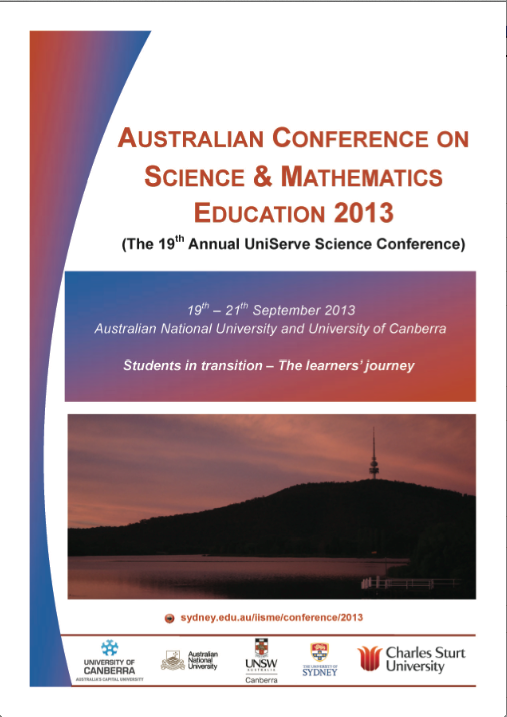“Anatomy is fun” – a fact or fiction?
Abstract
Students frequently utilise rote learning to study anatomy, reciting detail with little understanding of relevance. Anatomy instruction should encourage students to develop the ability to apply knowledge and use it in context. In our undergraduate human anatomy course, we recently moved from traditional instructional teaching to the development of an educational environment, which encourages active and applied learning. In practical sessions a variety of resources and activities are made available to suit a range of student learning styles. In addition to cadaveric specimens and plastic models, students can utilise blind maps and plasticine to study the relationships of anatomical structures. To foster peer-assisted learning, we engage medical students with anatomy experience as demonstrators. The medical students gain teaching skills, an important asset for any clinician, and the undergraduate students interact with peers who possess a wide range of science and health professional experience. The assessments are designed to encourage students to put anatomy in context to facilitate an appreciation of the relevance of their anatomical knowledge, to gain skills working in small groups, and to answer questions that require analytical, problem-solving skills. Student feedback has been consistently positive ‘really engaging …the activities planned for us were really helpful ‘Downloads
Published
2013-09-24
Issue
Section
Abstracts
